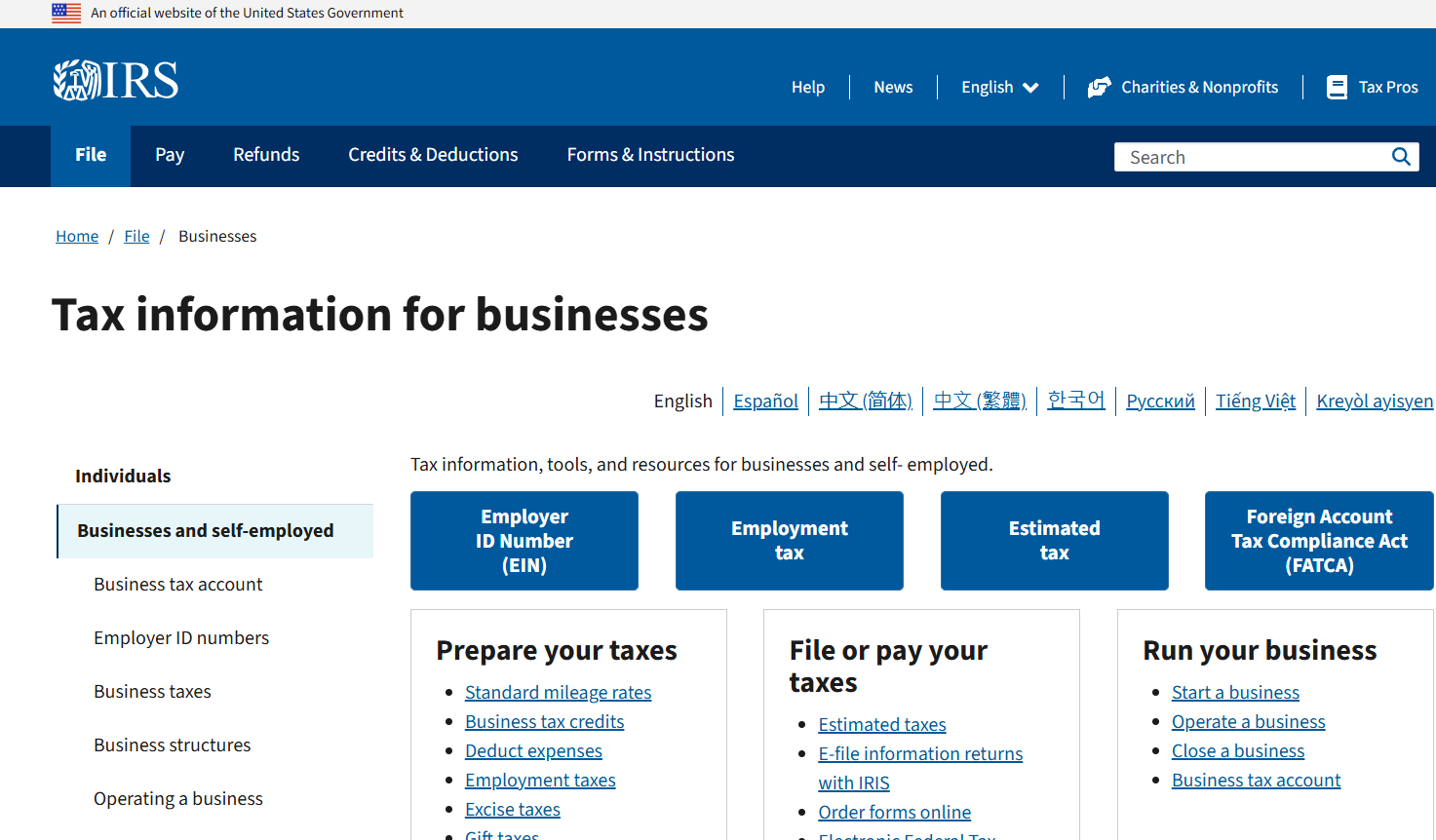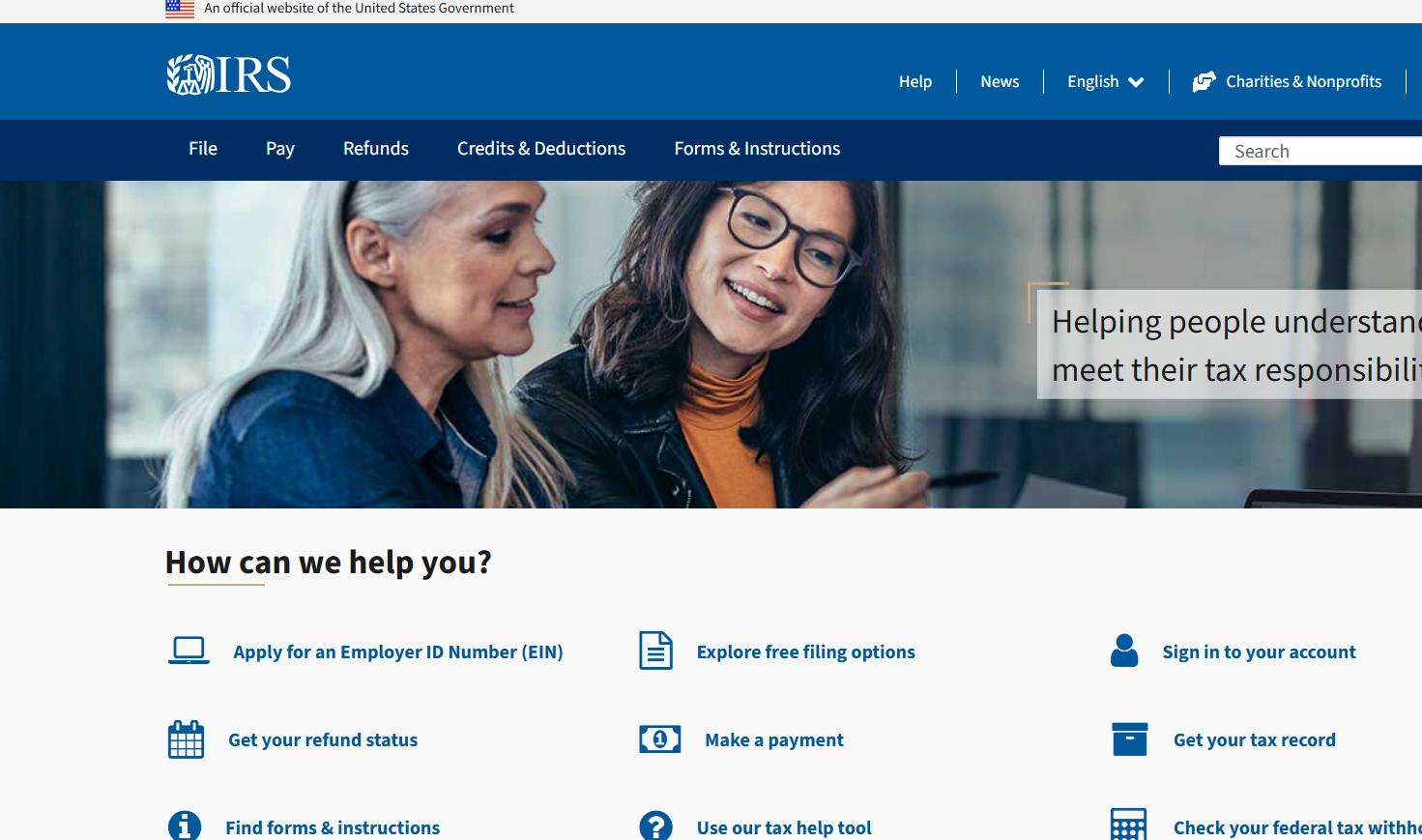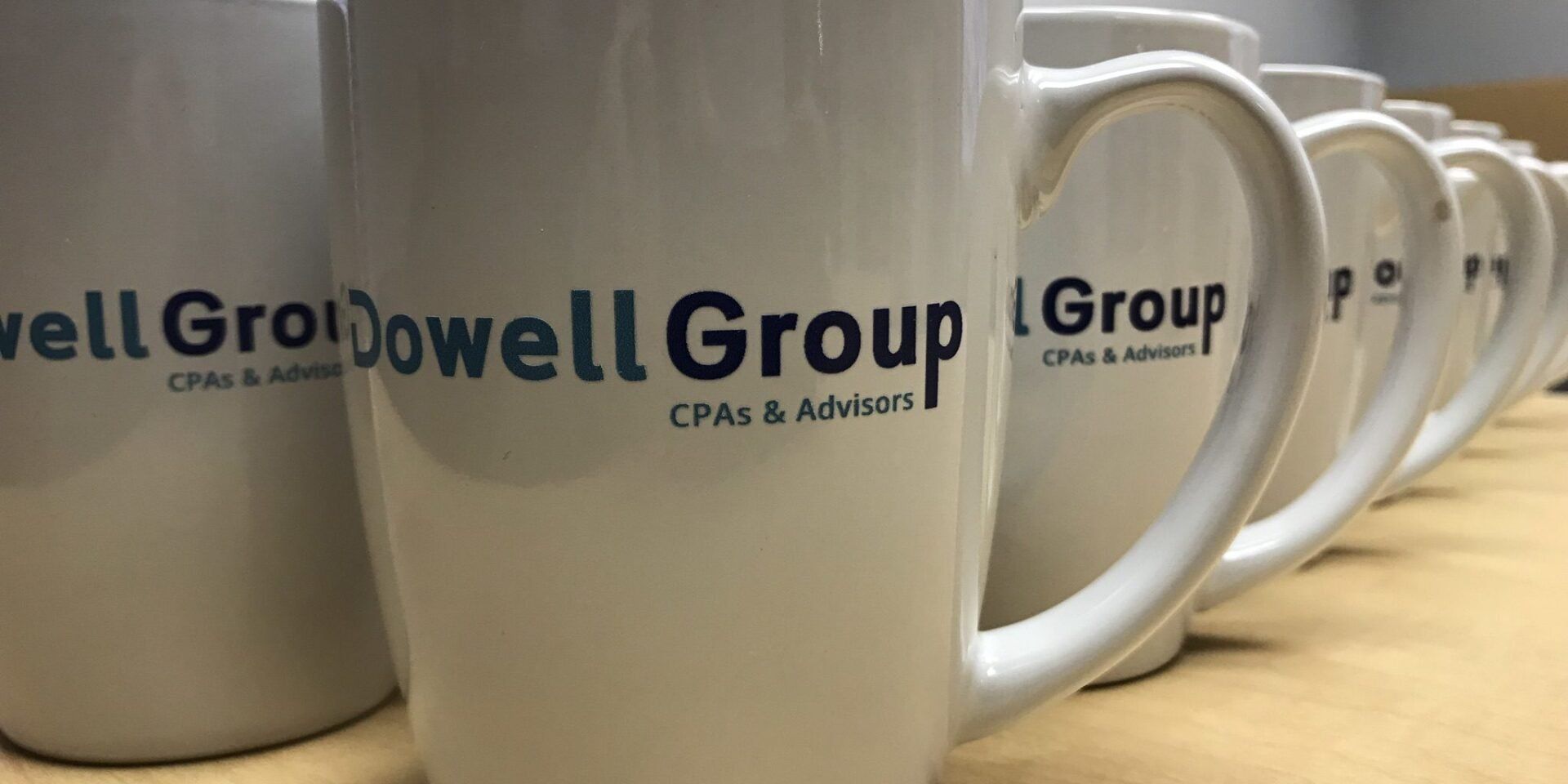The Challenge of Revenue for Nonprofits, and Recent Statistics on Charitable Giving

By Gregory S. Dowell
August 10, 2018
A recent article in Crain’s by Lisa Bertagnoli titled “How they get you to give: Secrets of nonprofit fundraising” gave some good – and perhaps not surprising – insights into those who donate to nonprofits. As background, note that in 2017, the amount of charitable giving in the U.S. exceeded $400 billion for the first time since tracking began, and represented an increase of over 5% from 2016. One fact the article did not point out is that charitable giving in 2017 may have been artificially high, as taxpayers sought to bring down their taxable income in 2017, based on the belief that most taxpayers would have a lower tax bracket in 2018, thanks to the Trump tax act.
The article notes that, despite the increase, things may not be as rosy as they seem in the world of nonprofit giving. For instance, gifts to foundations increased by over 15% in 2017. While some of that giving will find its way into other operating nonprofits (like those supporting social services, education, food banks, or cultural or historical causes), much of the amount donated will simply remain in the foundation’s pool of investments, improving the foundation’s balance sheet, but not immediately impacting a social or cultural issue. Note as well that it is the uber-rich who largely have their own foundations – think Bill Gates, for instance. The number of households that give charitably did not increase in 2017. The article also points out that overall giving as a percentage of gross domestic product remains constant at 2.1%.
While giving overall increased, it is these sobering trends that have nonprofits as anxious as ever about their revenue streams. Ms. Bertagnoli notes that nonprofits are concentrating on creating and enhancing relationships with major donors, which can require a considerable amount of time and patience; this is not a quick fix for most organizations. Consistent, grass roots, “street level” canvassing helps to find donors who respond to the needs year in and year out. Reaching donors by way of telemarketing remains strong for cultural/arts organizations.
From our viewpoint as advisors, accountants, and auditors to nonprofit organizations, we certainly know that the recipe for building a sustaining stream of income rarely is one-dimensional. Organizations are fortunate if they have one or two wealthy families offer their consistent financial support and, in those cases, that support can be a game-changer, enabling the nonprofit to reach further, higher, and deeper with their mission. While looking to develop deep relationships with a handful of donors is likely a part of any nonprofit’s overall strategy, most organizations, however, must take a multi-faceted approach to giving.
Importantly, most organizations learn that they can not ignore the consistent but perhaps unspectacular donor. Consistent outreach efforts, frequent touches to let those donors know that they are valued and necessary, are key. Making the faces of the organization available is also important, so executive directors, presidents, and others must be sure to attend all events and to take the time to thank those present. Those small yet consistent donors can be the bedrock for the organization, creating a sustaining stream of income that funds basic operations. Further, we note that many organizations are faced with an aging donor base, so it is essential to craft a message and an approach that draws in younger generations. Indeed, it seems that successful organizations find a way to take their message to the youth; getting kids involved at a young age – perhaps high school or even middle school – can help to develop a lifelong commitment to the nonprofit.
Partnering with other nonprofits can also be a good way, helping both organizations to leverage their resources and to reach a broader audience. Partnering takes confidence and a lack of paranoia – many organizations fear that their donor base might be poached by their partner – but careful messaging and handling of the partnering can minimize this risk. Managing the message of the organization and doing outreach in traditional media as well as social media, is clearly a path that must be explored by virtually every organization. News and information is pulled from so many sources today, and word of mouth (both good and bad) literally travel at the speed of light through a multitude of channels; ignoring that reality can be fatal to an organization.
Events remain an important aspect of fundraising, whether it is a golf outing, wine tasting, or an elaborate annual dinner and dance. While it may not seem like a direct connection, developing a pipeline of new leadership can also help build sustaining revenue at some charitable organizations. While not true in every case, depending on the organizational structure, this likely does not mean changing the executive director or the president, but it does mean recruiting new board members and volunteers, as well as easing incumbent board members out of their decision-making roles. New blood means new contacts, and new contacts have the potential to be new donors. Stagnant leadership is rarely a recipe for success at a charitable organization.
Success comes from planning, and this is no exception. Generating donations and income should be a topic in every nonprofit organization, and the board should be appropriately involved in that discussion and, perhaps, in the execution of the strategy (depending on the size and nature of the organization).










